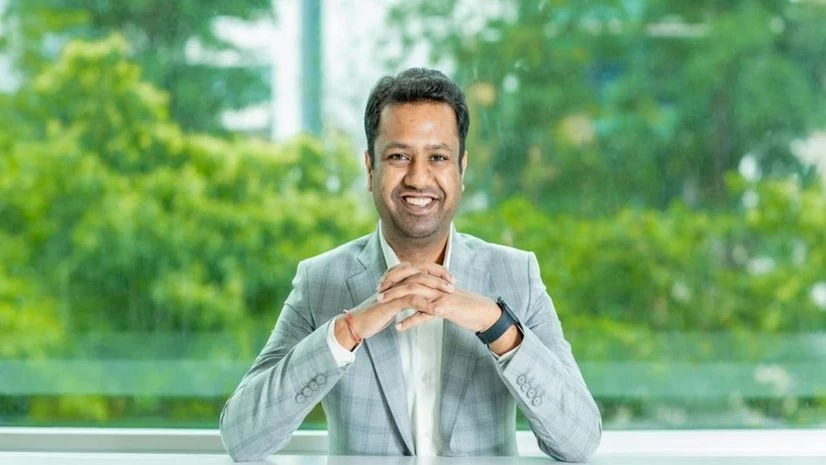Now Reading: India Reclaims Top Spot in Crypto Adoption: What It Means for Smaller Cities
-
01
India Reclaims Top Spot in Crypto Adoption: What It Means for Smaller Cities
India Reclaims Top Spot in Crypto Adoption: What It Means for Smaller Cities

India has again become number one in global cryptocurrency adoption—a fact that’s changing the game beyond metros. While big cities often dominate tech conversations, this shift promises new opportunities and challenges for Tier-2 and Tier-3 places too. What this really means for smaller towns and their residents is what we explore here.
What “India #1 in Crypto Adoption” Actually Means
Crypto adoption rankings don’t just mean lots of people buying Bitcoin. They look at multiple indicators—use of centralized exchanges, decentralized finance (DeFi), peer-to-peer transactions, and how on-chain activity scales with buying power.
In the latest reports, India has scored top marks across many of these metrics. That signals that crypto is being used, not just speculated on. It shows grassroots engagement is rising, including outside of big cities.
Why Smaller Cities Are Part of the Rise
Better Connectivity + Smartphones
More affordable internet access, wider smartphone penetration, and mobile-friendly apps mean someone in a Tier-2 town can access crypto tools just about like someone in Delhi or Mumbai.
Peer Influence & Word of Mouth
Often, people learn about crypto through friends, family, or local networks. As early adopters share knowledge, interest spreads fast in towns with fewer official training or information sources.
Local Demand for Alternatives
Banking access, policy delays, and lack of local investment products often push people in smaller cities to look for alternatives. Crypto offers accessible entry points, even for lower amounts, which appeals more in places where traditional financial services are less convenient.
Challenges That Smaller Cities Will Still Face
Lack of Local Education & Support
Understanding crypto is tricky. There’s risk of misinformation, scams, lack of legal clarity. In towns without a strong tech culture, this becomes steeper.
Infrastructure & Trust Issues
Reliable internet, stable electricity, digital payments systems—these still vary widely. If people can’t trust or reliably use exchanges or wallets, adoption will be stymied.
Regulatory & Tax Hurdles
India has high taxes on crypto gains. Some rules don’t allow losses to be offset against gains. These policies affect small and big investors alike. Clarity is especially important for someone investing from a small town who may not have resources to navigate legal or tax complexity.
What This Means in Practice for Tier-2 Cities
- New Local Players: Expect more local crypto educators, trainers, events or meetups in smaller cities.
- Growth of Peer-to-Peer (P2P) Channels: When formal exchanges feel distant, people often gravitate toward P2P or community trading.
- Micro-investing: Smaller sums becoming more common—people trying crypto with what they can afford.
- Demand for Local Support: Services like help desks, translator support, easier-to-use local language wallets will become more important.
Conclusion
India retaking the top global position in crypto adoption is not just a headline—it’s a signal that crypto is digging in beyond big metros. For smaller cities, it brings real promise: more access, more inclusion, more innovation. But to make it sustainable, education, local infrastructure, clarity in regulation, and consumer protection will have to catch up. What this means is that Tier-2 and Tier-3 India are no longer the future of crypto—they’re very much part of its present.

























